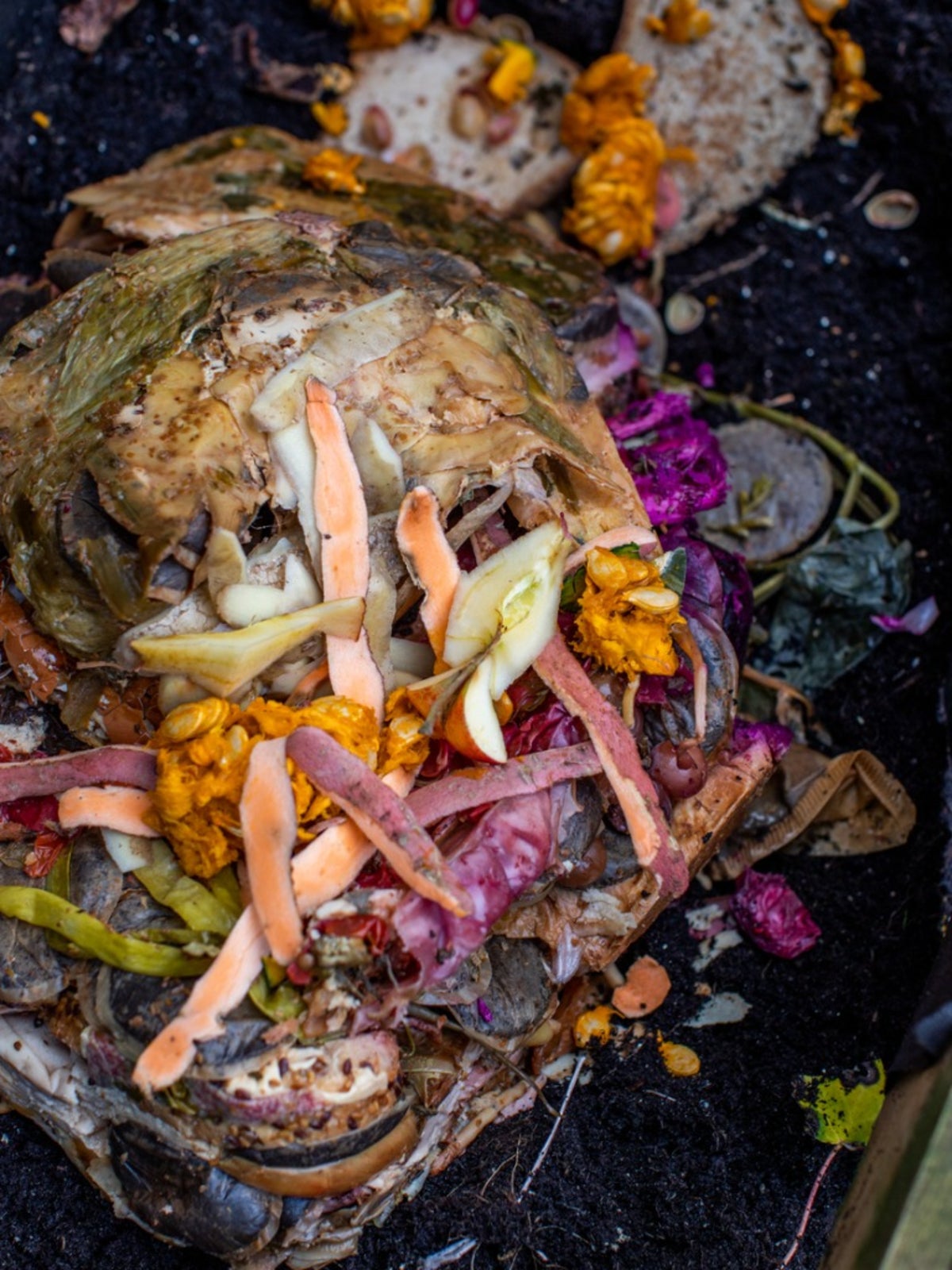Bokashi Compost Info: How To Make Fermented Compost


Are you tired of the backbreaking work of turning, mixing, watering, and monitoring a smelly compost pile, and waiting months for it to be suitable to add to the garden? Are you frustrated by trying to reduce your carbon footprint by composting, only to realize that most of your waste still needs to go in the trash bin? Or perhaps you’ve always wanted to try composting but simply do not have the space. If you’ve answered yes to any of these, then bokashi composting may be for you. Continue reading to learn more about bokashi fermenting methods.
What is Bokashi Composting?
Bokashi is a Japanese word that means “fermented organic matter.” Bokashi composting is a method of fermenting organic waste to create a quick, nutrient rich compost for use in the garden. This practice has been used for centuries in Japan; however, it was Japanese Agronomist, Dr. Teruo Higa who perfected the process in 1968 by recognizing the best combination of microorganisms to quickly complete the fermented compost. Today, EM Bokashi or Bokashi Bran mixes are widely available online or in garden centers, containing Dr. Higa’s preferred mixture of microorganisms, wheat bran, and molasses.
How to Make Fermented Compost
In bokashi composting, kitchen and household waste are placed in an airtight container, such as a 5-gallon (18 L.) bucket or large trash can with a lid. A layer of waste is added, then the bokashi mix, then another layer of waste and more bokashi mix and so on until the container is filled. Bokashi mixes will have instructions on the exact ratio of mix on their product labels. The microorganisms, selected by Dr. Higa, are the catalyst which begins the fermenting process to break down organic waste. When materials are not being added, the lid must be tightly closed so this fermenting process can take place. Yes, that’s right, unlike traditional composting which involves decomposition of organic materials, bokashi compost is instead fermented compost. It is because of this, the bokashi composting method is a low to no odor (described usually as just a light scent of pickles or molasses), space saving, quick method of composting. Bokashi fermenting methods also allow you to compost items that are usually frowned upon in the traditional compost heap, such as meat scraps, dairy products, bones, and nutshells. Household trash like pet fur, rope, paper, coffee filters, tea bags, cardboard, cloth, match sticks, and many other things can also be added to bokashi compost. It is recommended that you not use any food waste with mold or waxy/glossy paper products, however. When the airtight bin is filled, you simply give it two weeks to complete the fermenting process, then bury the fermented compost directly in the garden or flower bed, where it begins its second step of quickly decomposing in the soil with the aid of soil microbes. The end result is rich organic garden soil, which retains more moisture than other composted, saving you time and money on watering. The bokashi fermenting method requires little space, no added water, no turning, no temperature monitoring, and can be done year-round. It also reduces waste in public landfills and emits no greenhouse gases.
Sign up for the Gardening Know How newsletter today and receive a free copy of our e-book "How to Grow Delicious Tomatoes".

Darcy is a former contributor to Gardening Know How. She is a professional landscape designer and gardening writer with experience in plant sales. An avid gardener, Darcy has a passion for sharing practical tips to help others grow.